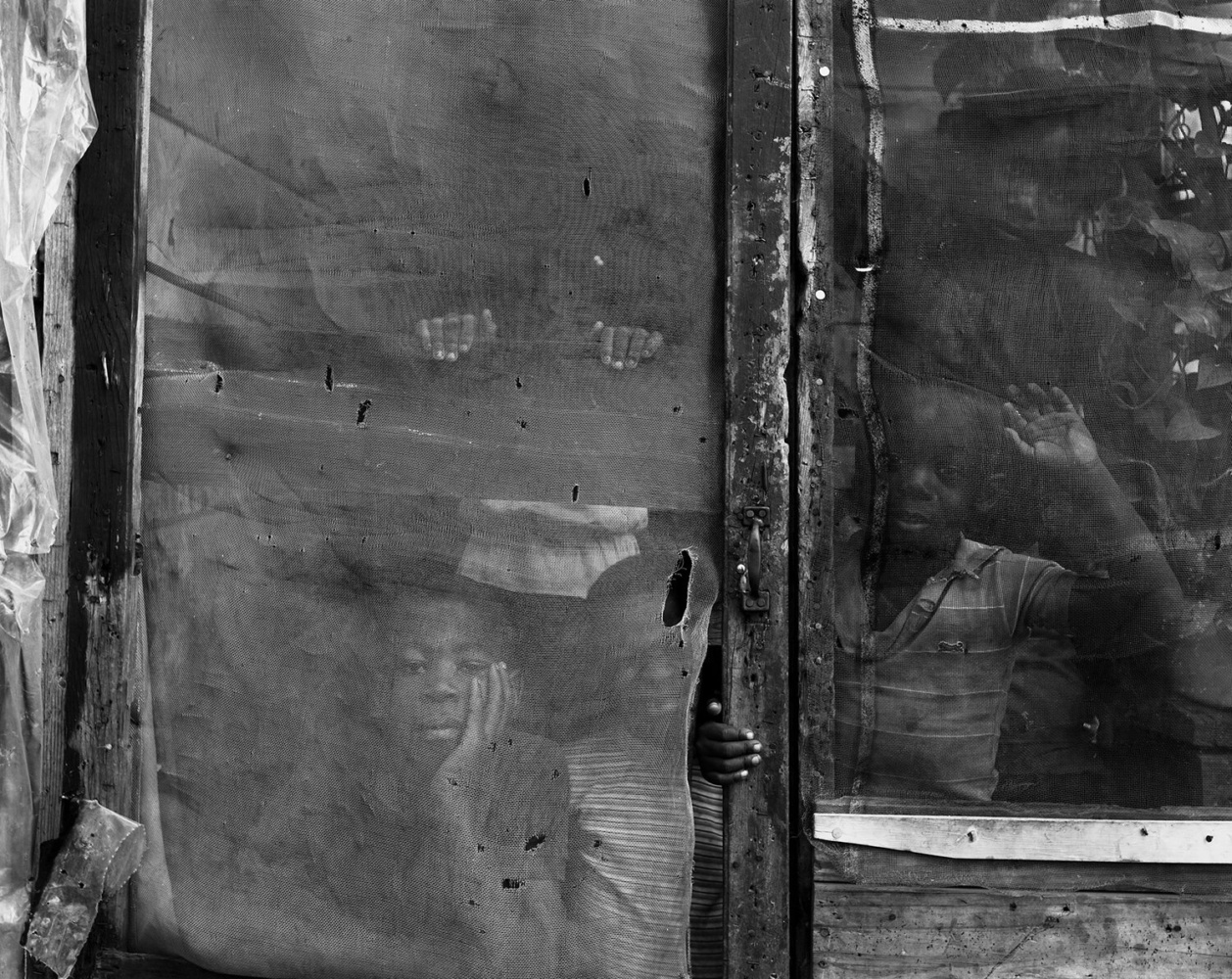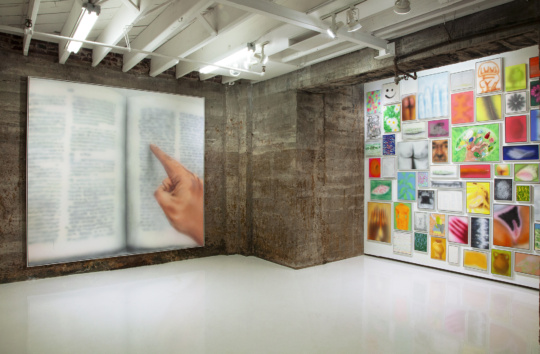“Land Inhabited and the Works of Baldwin Lee” introduces audiences to a talented, and under-appreciated, group of Southern photographers with a thorough exhibition at the Museum of Contemporary Art of Georgia. Drawn from the collection of the Do Good Fund, a nonprofit organization based in Columbus, Georgia, that collects and exhibits museum-quality work by contemporary Southern photographers. The works on view at MOCA GA include examples by such well-known photographers as William Christenberry and Paul Kwilecki, and artists who are popular in other areas of the South but who haven’t had as much exposure in Atlanta. They include Dennis Darling from Austin and Maude Schuyler Clay from Mississippi. The Do Good Fund does more than acquire a few pieces from many artists; its Baldwin Lee collection shows the depth of the organization’s curatorial mission. Since its founding in 2012 by attorney Alan Rothschild, the Do Good Fund has amassed a broad, engaging collection of some of the best photography being produced in the American South.
The show features an exemplary body of work by Baldwin Lee, who has a peculiar relationship to the South. An American born to Chinese immigrants in New York City, Lee began photographing the South in 1981 during a road trip with fellow Yale student Philip Lorca-DiCorcia. Lee took particular interest in photographing black Americans who often lived in poor or rural communities. Today, this work might feel a bit exploitative—like poverty porn—but Lee’s work follows a tradition established by such figures as Dorothea Lange and Walker Evans. He used a 4 x 5 view camera (a large, unwieldy tool that requires a tripod and has a black curtain over the viewfinder) to painstakingly capture detailed yet unrehearsed images.
In his manuscript In Consideration of Photographing in the South, Lee wrote about how his subjects were drawn to him out of sheer curiosity and wanted to be photographed: “My profession was announced as I walked down the road by the tripod-mounted, large-format wooden camera perched on my left shoulder. I had long since discovered that walking is by far the most useful way to increase your chances of encountering interesting people and situations … It is not every day that people see an Asian man in the black section of town carrying a big camera.”

The works of Lee capture intimate, and interesting, aspects of black life from the perspective of an outsider. His status as a newcomer to the South is evident in his choice of details―elements like a busted-up screen door or young men playing basketball. To a Southerner who has spent a lifetime seeing these scenes, they may be ordinary and unremarkable. But Lee finds these everyday details fascinating, and presents them in exquisite depth.
Lee’s formal training comes through in his work. In Children Behind Screen Door, Lee finds a focal point just between a tattered screen door and the family behind it. You can see the rips and tears in the screen, as well as the individual mesh squares. The children’s faces appear as ghostly outlines right behind the screen. The screen undulates with a silvery sheen, which adds interest to the full spectrum of black-and-white tonality the print has. The work is technically masterful, but also has plenty of spirit to it. Lee seems genuinely interested in the people he’s photographing, the house they reside in, and their everyday lives.
Other works by Lee present very personal moments and environments for black Southerners. One, titled Augusta, GA 1984, simply portrays a child’s wake. A plush white casket is opened to reveal a child dressed in white. Sitting behind the casket is a woman, diminutive and demure, who gazes off-camera. Presumably, she is the mother of this child—tired and emotionally drained, yet dutifully obeying the social rituals of death. Another more playful image, Baby on Wall, Rosedale, MS 1986, features a mother-child relationship. A toddler, holding a bottle full of juice (or cola … the liquid is dark) appears to be suspended from a hook on a veneer wall. His mother sits on a small bed, looking up at the kid, laughing. The room is full of fantastic details, like haphazard shelves, schlocky posters, and multiple floral prints on fabric.
The other artists in “Land Inhabited” possess just as much technical prowess as Lee, and each brings their own perspective to picturing the South. An untitled image by Paul Kwilecki shows a mother and daughter outside a rural, wood-sided home. The artist shoots the subjects from slightly below eye level with what seems to be a wide-angle lens. In it, a young woman towers over her mother, who recedes into the background. The photograph emphasizes the importance of youth and the potential of children. Susan Worsham’s Destiny, Grandmother’s Roses, VA portrays a young woman in a pink dress holding gilded roses. Her dress noticeably has uneven seams, and appears to be homemade. She stands in a field overgrown with grass and weeds, and a boy plays behind her on a rusted swing set. The images feels at once dated, timeless, and contemporary—a quality reflective of the South itself.

The subject matter and execution of works in “Land Inhabited and the Works of Baldwin Lee” are deserving of museum exhibition. The show is even more notable for bringing together different perspectives of artists from throughout the South, and finds many commonalities in their work. The photographers capture the South, the beauty of the land, and the emotional experience of the people. They show the range of human experiences in this land of dirt, weeds, clapboard houses, decaying plantations, suburban oases, and more. Even though the subject matter may, at times, play to a stereotype of the South, the details of each photo seem truthful, as witnessed by the artist. The fact that the details often are unraveling a bit at the seams reveals an even deeper truth to life in the South.
“Land Inhabited and Works of Baldwin Lee― The Do Good Fund” is on view at MOCA GA through November 19.





